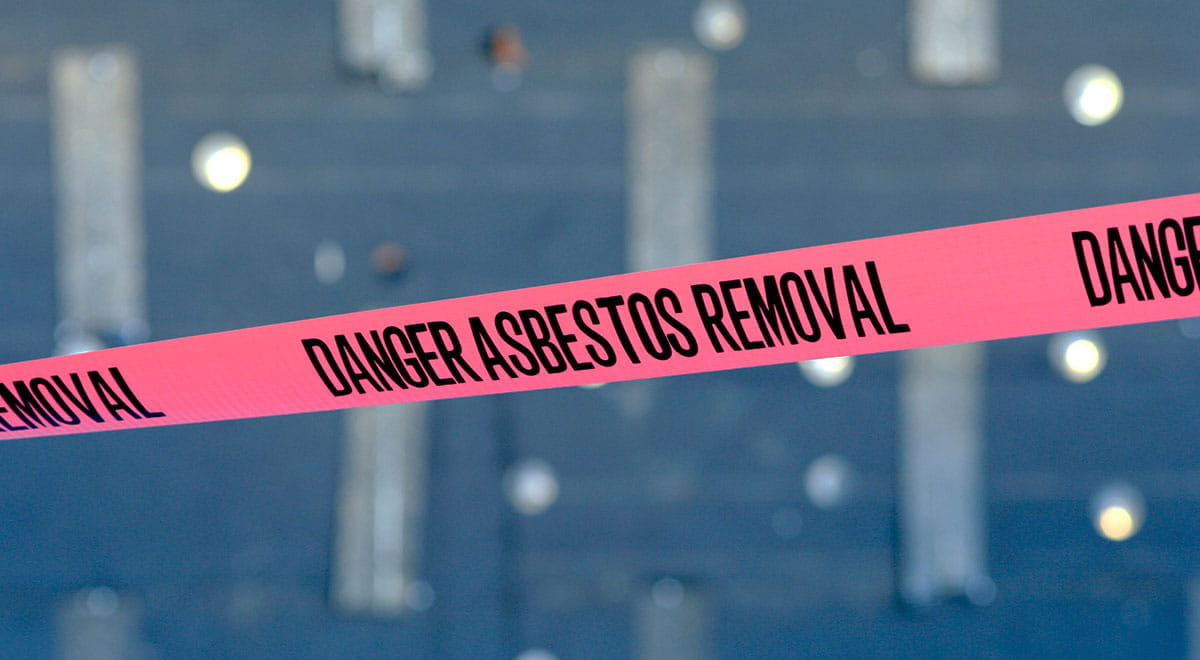
Message our experts
Complete the form and one of our friendly advisors will get back to you to talk through your situation and explain how we can help.
You can expect to hear back from us within two working hours and certainly no later than 10am on the next working day.
Alternatively, if you would rather send us an email, you can do so by clicking the button below.
Send us a message
Call us now
Call us free and speak with a member of our client relationship team who will be happy to help.
0370 086 8687Lines are open from 8:30am to 8pm Monday to Friday, 9am to 5pm Saturday, and 10am to 4pm Sunday.
Message us
If you would prefer to write to us, you can send us a message by clicking below and we will get back to you Send us a message orArrange callback
Leave your name and number below for us to call you back.
Thank You
Thank you for contacting Shoosmiths Serious Injury. Your enquiry is important to us. A dedicated member from our client relationship team will be in touch with you shortly.

Lung Cancer Claim
The link between certain materials like asbestos and lung cancer is well known, but there are other known causes of lung cancer and certain substances you may have been exposed to during your employment. If you develop lung cancer due to an employer's negligence, you could be entitled to make an industrial disease claim.
According to Cancer Research UK, there were an estimated 44,500 new cases of lung cancer in the UK in 2012 (latest figures). 89% of these cases were considered to be preventable.
A significant proportion of these cases were identified as occupational lung cancer – caused by unnecessary exposure to carcinogens (cancer-causing agents) in the workplace.
Many chemical compounds used in industry are known to potentially cause lung cancer. If an employee is exposed to a carcinogen as the result of an employers negligence, and develops lung cancer in later life, it is often possible to demonstrate a link between the two.
The International Agency for Research on Cancer (IARCs) has an approved list of known and probable carcinogens. In addition to asbestos and diesel fumes, it identifies a range of other carcinogenic substances and processes specific to lung cancer. These include:
- Arsenic
- Beryllium
- Cadmium
- Chromium
- Cobalt
- Ionising radiation
- Mineral oils
- Nickel
Exposure to many of these substances significant enough to cause lung cancer usually only occurs in the workplace. High risk industries include manufacturing, construction and mining but anyone who works as a painter or in the production of rubber, aluminium, iron and steel or works as a welder is also at risk. The symptoms of lung cancer often only appear years after exposure, therefore claims tend to relate to past employment.
Tell me more about
Do I have a claim against my employer?
The Health and Safety at Work Act imposes a legal duty on employers to take reasonably practicable, steps to protect the health of their employees. The employer must also provide safety information, instruction and adequate supervision. This obligation applies not just to avoiding immediate injury but also any danger to your long term health.
The Management of Health and Safety at Work Regulations require the employer to conduct a risk assessment including any risk from hazards that may cause cancer. Your employer must also identify and introduce preventative and protective measures highlighted by the assessment.
The law is clear. The first aim should always be to completely remove the hazard, but if that is not possible then steps must be taken to reduce those risks to the lowest level possible. For example: substituting less hazardous substances or materials in the production process, or failing that, issuing suitable personal protective equipment (PPE) to staff affected.
My employer is no longer trading. Can I still claim?
It is possible that the employer may have been taken over by another company. If it is no longer trading then we will use our extensive experience to try and trace the employers insurer at the time when you were employed and exposed to the cancer causing agent.
As long as we can identify the relevant insurer a claim can still be made.
Our Experts
-

Sharine Burgess
Partner
Personal injury, Industrial diseases
Sharine is a Partner in the Serious Injury department at Shoosmiths and heads up the Personal Injury team based in Northampton. She was appointed joint head of the Northampton Office in 2021.
View full profile -

Sarah Cunliffe
Senior Associate
Medical Negligence
Sarah qualified in September 2001 and joined Shoosmiths in 2003. Sarah is a serious injury lawyer who deals with a variety of Serious Injury claims.
View full profile
'Shoosmiths got me the rehab I needed and really helped with my family. They were fantastic throughout.'
Lung Cancer Claims
We provide free initial advice and can pursue claims on a no win no fee basis. Contact us to discuss your needs in complete confidence. Home visits can be arranged or you can call us on our helpline.
Why Shoosmiths















